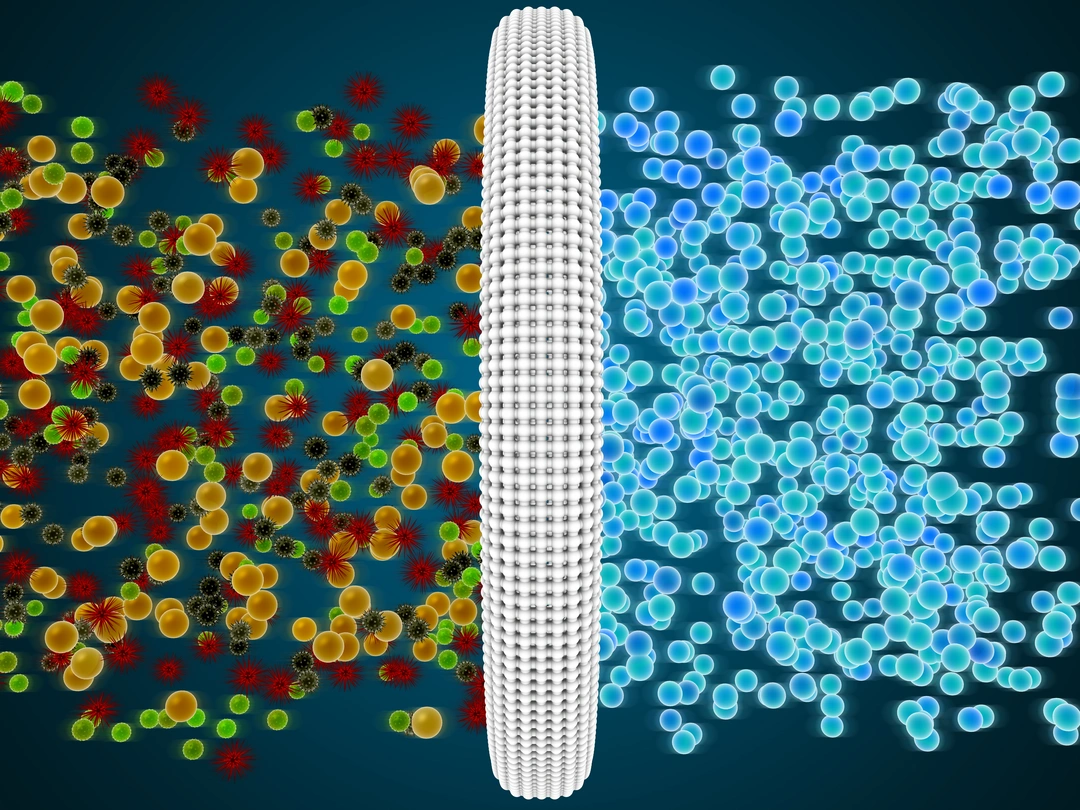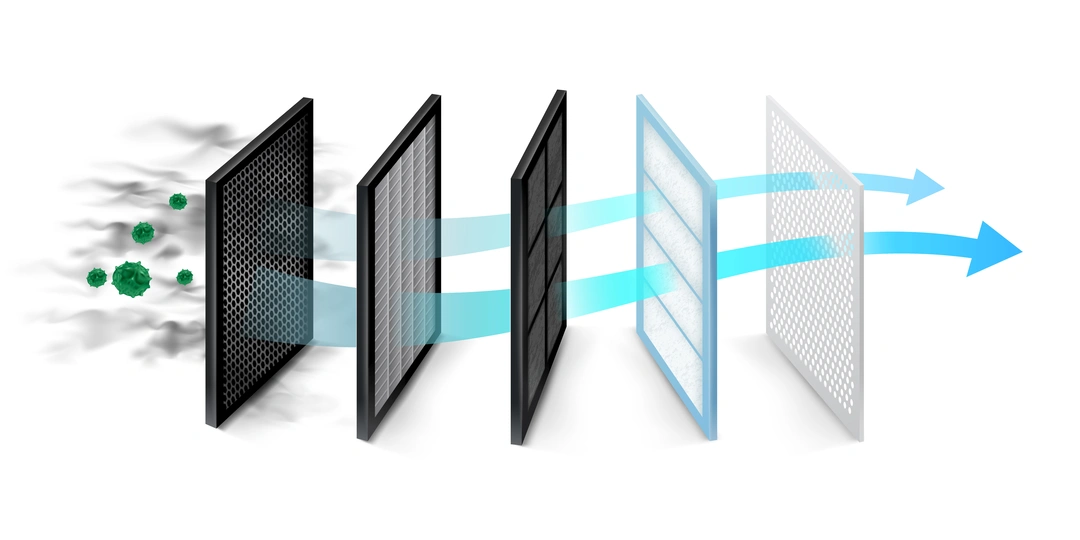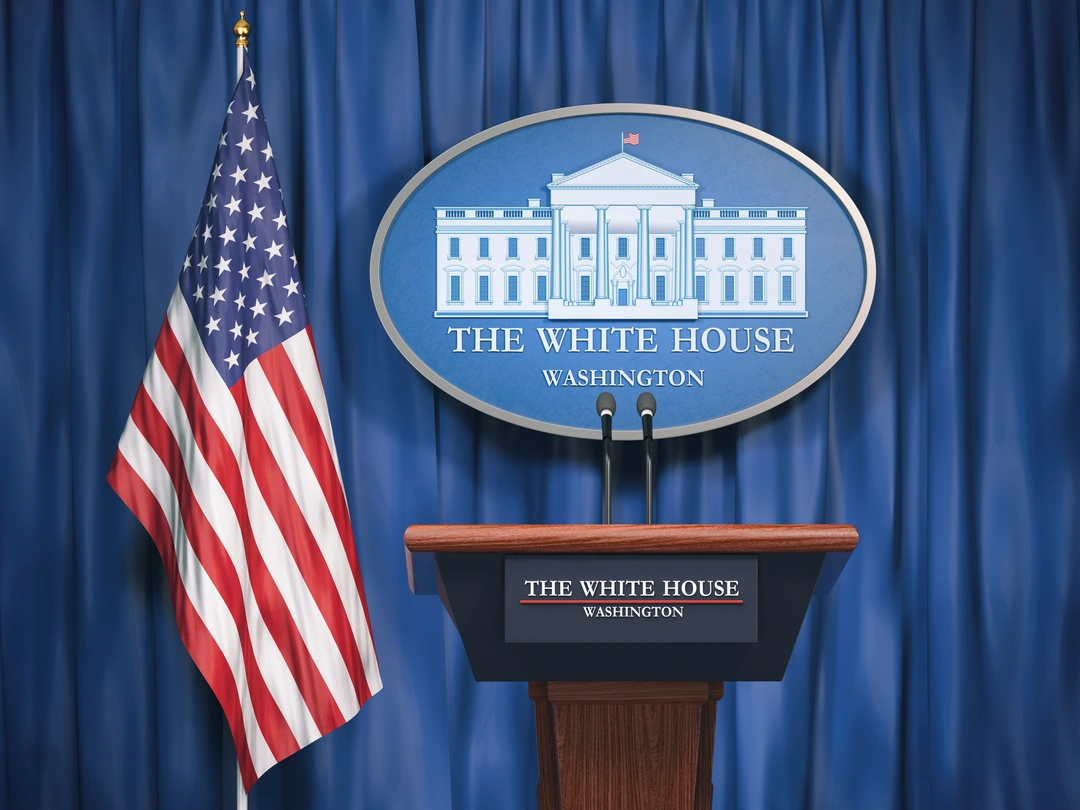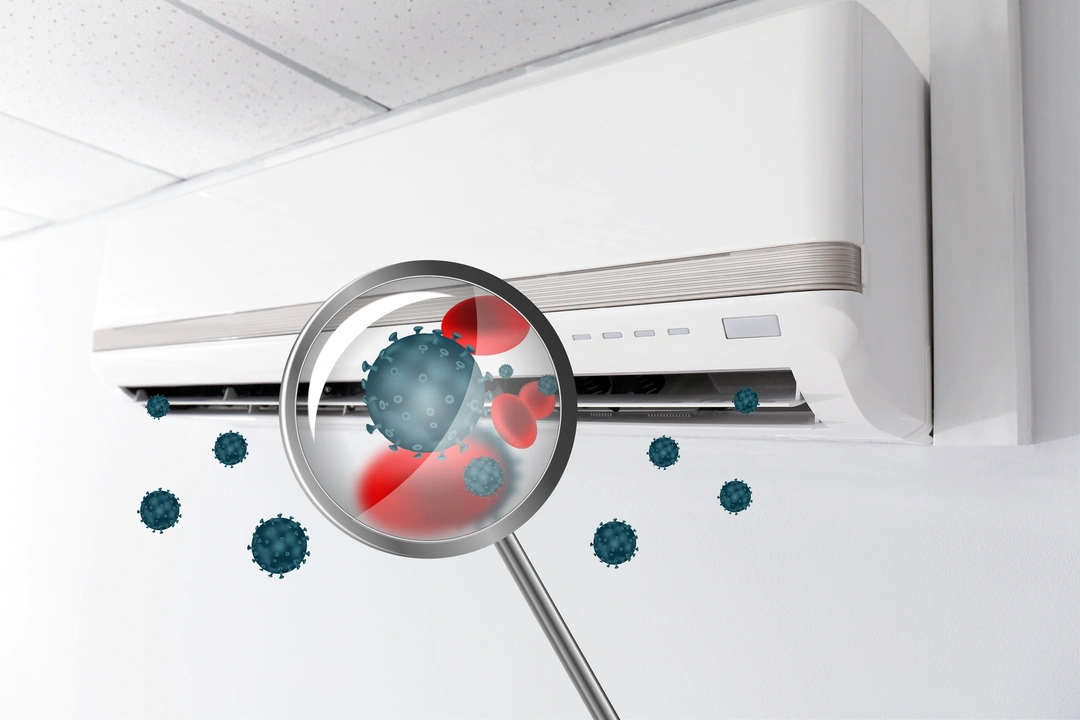
Biological contamination is one factor that can sabotage indoor air quality. These contaminants can compromise the quality of indoor air while also posing a health risk.
In commercial settings, the risk of biological contamination is especially high. This is due to high occupancy rates in enclosed spaces and other common factors.
Are you wondering what biological contamination involves? Keep reading to learn about it and its effects on indoor air quality, among other facts.

First, you might be wondering: what’s the point of using indoor air solutions? There are a number of benefits to doing so, including the following:
Not only do some air quality solutions get rid of allergens, but viruses and bacteria as well. In other words, they help to stave off instances of flu, cold, and other such illnesses.
Airborne contaminants aren’t generally visible to the naked eye. However, that doesn’t mean they’re of no consequence. In addition to causing illnesses, they also tend to emit their own odors, many of which are less-than-pleasant.
What this means is that, by removing said contaminants from your air, you will have a better-smelling indoor environment. How do you go about removing them? With indoor air solutions.
When there are contaminants floating around in an indoor environment, you can feel them in the air. You might not know exactly what you’re feeling, but subconsciously, you can tell that there’s something there, seemingly weighing you down.
Oftentimes, this creates a dull and depressing atmosphere and thus makes the affected area a place that no one wants to visit. This is why if you want your property to have as inviting an atmosphere as possible, you need to remove the contaminants from your air. Indoor air solutions will get the job done.
Whenever you take a breath, you’re taking in all of the contaminants that exist within the air you’re currently existing in. These contaminants could be anything from dust to mold spores to viruses to bacteria to allergens and more.
As you might expect, breathing in these contaminants might not induce the most comfortable feeling. In fact, in particularly contaminant-laden areas, you might even struggle to breathe.
This is why you need indoor air solutions. These will remove the contaminants from your air, thus allowing for the easiest breathing possible.

First, let’s discuss the concept of air purification. Air purification utilizes purifiers as a means of ridding air of contaminants. Air purifiers generally consist of a series of filters, each of which is used to capture certain contaminants that come into contact with them.
This way, when air cycles through an air purifier, its contaminants are collected by said filters, and it can continue through the purifier free of them. By the time it reaches the other side of the purifier, the air is essentially clean, containing only trace amounts of contaminants.
Air purification is great for ridding the air of standard contaminants like dust, mold spores, pet dander, and the like. However, it’s not capable of eliminating chemicals from the air, particularly dangerous chemicals.

As noted, air purifiers make use of filters as a means of catching contaminants in the air. Generally speaking, they use HEPA (High-Efficiency Particulate Air) filters, in particular. These filters are specifically designed to catch standard airborne contaminants, including everything from mold spores to dust to pet dander and more.
Different air purifiers provide different levels of purification. Generally speaking, the more filters the purifier contains, the greater level of purification it can provide.
It’s important to note that these purifiers are also stocked with fans. The point of these fans is to force air into and out of the purifier, both before and after it’s been cleaned.
One of the downsides of air purifiers is that they need to be maintained over time. In particular, their filters need to be replaced. If they’re not replaced in a timely manner, the filter will struggle to do its job, thus resulting in dirty air.
This additional maintenance not only results in more work but in more expenses as well. Each new filter is bound to cost anywhere between $15 and $100. Since filters need to be replaced every 6 months to a year, and since every purifier contains several filters, the costs can add up fast.
While air purifiers do remove contaminants from the air, they don’t disinfect air. So, even though the contaminant is, by and large, gone, there are still traces of it lingering around.
This can pose a problem for those with allergies and other such conditions. Those trace amounts still have the potential to bring on sickness.
Plus, when it comes to airborne chemicals, air purifiers don’t really do anything at all. They’ll allow most bacteria and viruses to go on living, thus putting everyone in a position to get sick.
Looking for a totally silent air cleaning solution? You’re going to have to look somewhere other than an air purifier. Air purifiers use fans in order to collect and blow out air.
These fans aren’t horribly noisy. However, they do make a bit of background noise, the likes of which can overwhelm other sounds within a building.
Air purifiers don’t use an absurd amount of energy. However, they will noticeably add to your energy costs. This is because they’re actively driven by electricity during all points of their operation.
Air sterilizers, on the other hand, use only trace amounts of electricity. As a result, they don’t tend to noticeably add to energy bills.
We’ve discussed air purification. Now, let’s get into air sterilization. Whereas air purification involves filtering contaminants out of a property’s indoor environment, air sterilization involves neutralizing the contaminants in the air.
As noted, air sterilizers make use of compressive heating. They neutralize contaminants in the air as a means of killing them and preventing their spread. In doing so, they’re able to eliminate almost every trace of virus, mold spores, bacteria, and more.
Sterilizers utilize one of two polarization methods. One is ionization. The other is UV light exposure.
Unlike air purifiers, air sterilizers don’t really require any maintenance. You can keep them operating for years without any trouble. This makes them convenient and inexpensive in the long run.

In 2022, the White House introduced the Clean Air in Buildings Challenge. This is an initiative launched to challenge property owners to improve the quality of the air in their buildings. It’s not a law, just a recommendation.
This challenge arose out of the complications of the spread of COVID-19. The pandemic helped us see how easily airborne diseases could spread in indoor environments. It also showed us that most commercial properties in the United States were not equipped to minimize such spread.
Because of this, guidelines were introduced to help property managers improve the air quality of their buildings. The guidelines cover not only air filtration but sterilization, cleaning, ventilation, and more. We’ll discuss them in detail below.

The first guideline applies to indoor ventilation. In particular, it advises using an HVAC system so that air is continuously circulating in and out of the building. It also advises regularly maintaining and inspecting that system to ensure that it’s working optimally and not contributing to the spread of contaminants.
Other ventilation guidelines include ensuring that bathrooms have ceiling fans and opening windows and doors up as much as possible. The more these are open, the more fresh air will come into the building, and the more contaminants will leave the building.
When it comes to air filtration, it’s all about doing what you can to prevent airborne contaminants from entering your building. The primary component in this is ensuring that you have a functional HVAC system in the building. This circulates bad contaminants out of the building, thus preventing them from lingering.
Another component of this is using air filters. Air filters are designed to remove contaminants from an indoor environment through trapping these contaminants, while air sterilization systems actively eliminate them.
Cleaning is imperative to maintaining air quality in a building. If contaminants are left on a surface, they will eventually end up in the air. So, you must clean those surfaces early and often.
The challenge highlights this and recommends the cleaning of all surfaces, including oft-ignored surfaces like the areas behind appliances and the tops of ceiling fans, for example.
That said, the challenge focuses on the cleaning of HVAC systems, windows, doors, non-ventilated rooms and passageways, and filtration devices, in particular. These are the entities that are most prone to airborne contaminants. If you can keep them clean, you can go a long way in stopping the spread of viruses throughout your building.
What do you think? Are you looking to install indoor air solutions in your building? Are you interested in implementing air sterilization, in particular?
If so, look no further than SteriSpace. Our air sterilization technology provides 99.9999% sterile air. Our sterilizers can not only be built into permanent buildings but also utilized from mobile trailers for projects in remote areas.
Contact us now to discuss air sterilization needs!